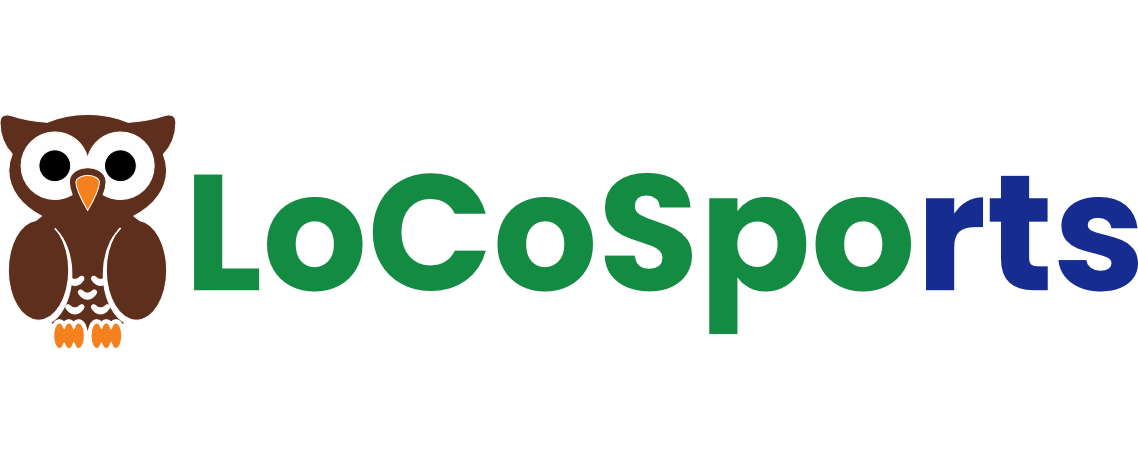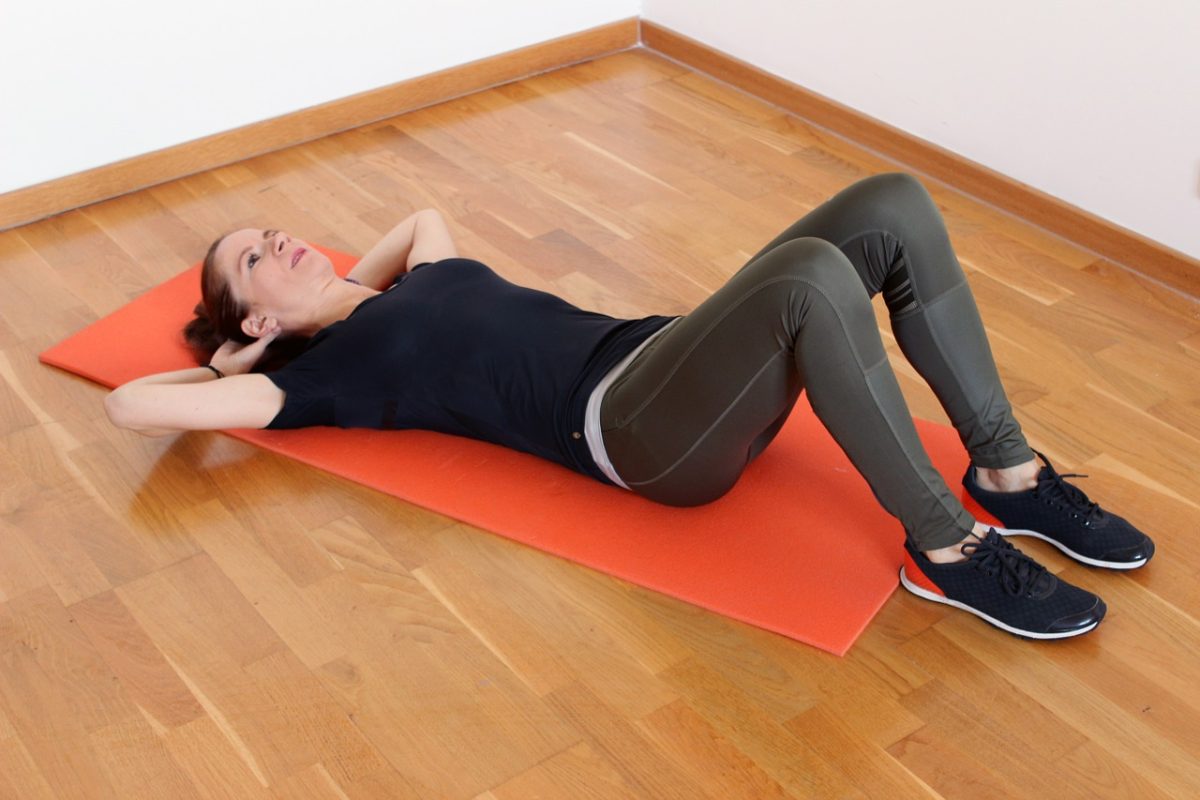Loudoun County, Va. — The “core” is a term that loosely means the muscles of your trunk and sometimes the muscles of the hip or pelvis are also included. Some examples of core muscles are your abdominals and back muscles.
Abdominal Muscles
There are actually 3 layers of muscle included in the abdominals and each one has a specific function. One of these muscles is the transverse abdominis. This is the deepest muscle of the abdominals and its function is to act as a “corset” and to help keep your abdomen firm while doing your normal daily activities. Oftentimes, you won’t realize that it’s working, but if it doesn’t do its job you can often have back pain.
Activities and the Core
For those of us who are athletes or have a job that requires you to do a lot of lifting or heavy activity, the core is extremely important. If you don’t have a strong core that stabilizes your body appropriately and is strong enough to generate force during activities such as:
- Kicking
- Throwing
- Lifting
there is a higher chance you will develop some sort of injury or pain. Also, one of the main causes of disc herniation is heavy lifting with a flexed back, which can be improved with core exercise and awareness of lifting mechanics.
Exercises to Strengthen Your Core
Traditional exercises such as sit ups often don’t do the best job at strengthening the core. It is also very hard on your back and can sometimes put you at increased risk of a herniated disc in your back. Try to avoid abdominal exercises that excessively and repetitively force your back into a flexed position.
Core Bracing
This exercise is a very basic but necessary step to see if you can contract your abdominal muscles appropriately and independently of any other muscles. This also specifically targets the transverse abdominis, so it’s a great one to do if you have back pain.
How to: Begin lying on your back, knees bent. Put your hands on your stomach right above your pelvic bones to the side of your belly button. Cough or laugh and see if you can feel your stomach muscles tighten under your hand. Try to replicate that tightness without a cough or laugh. You DON’T want to hold your breath, and you don’t want to push down (for example, don’t bear down like you’re trying to go to the bathroom). Think of it instead like squeezing your belly button and stomach muscles inward like a corset would squeeze you. Hold that squeeze for 3-5 seconds. Once you get the hang of it, use this contraction to help you when you bend over, lift something or do the exercises below.
Planks—full and modified
How to: Get into a push up position with your back flat. Elbows can be down or you can stay on your hands. Make sure not to overly round your back or arch your back. You want to squeeze your abdominal muscles like a corset to keep your back from arching specifically and hold the position. It is better to make sure your form is as perfect as possible before trying to hold the plank for a long time. Start with 10 seconds and increase by 5. A good goal is usually working up to 30 seconds to 1 minute.* To modify the plank, start on your knees but lean your hips forward so that your back and hips are in a straight line all the way to your knees.
Note from our sponsor: Call Loudoun Sports Therapy Center at 703-450-4300, to schedule your evaluation!



